Home>Ideas and Tips>Indoor Pilea Peperomioides Care Chinese Money Plant Tips
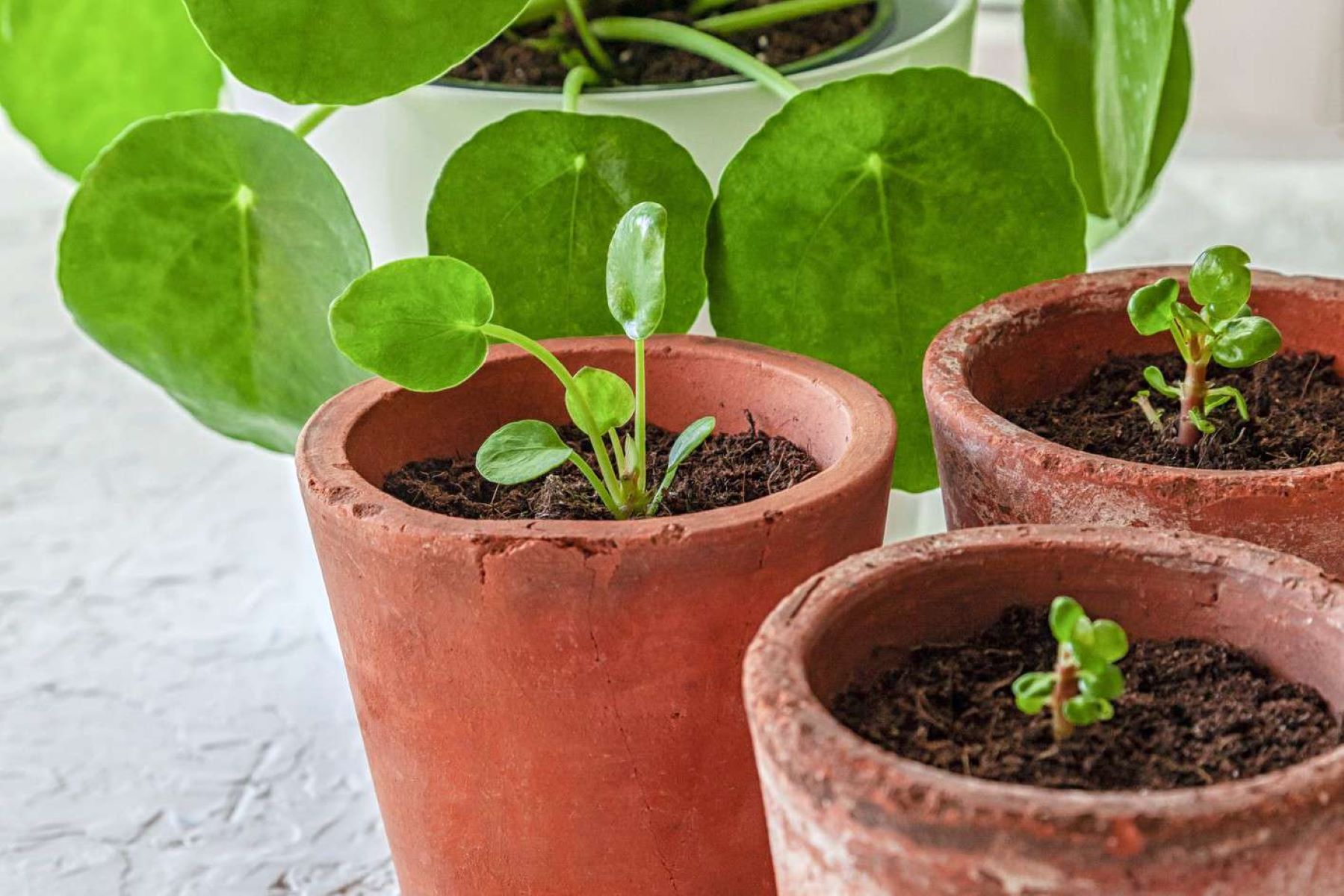

Ideas and Tips
Indoor Pilea Peperomioides Care Chinese Money Plant Tips
Published: September 2, 2024
Discover essential tips for caring for your Pilea peperomioides, also known as the Chinese money plant, to keep it healthy and thriving indoors.
(Many of the links in this article redirect to a specific reviewed product. Your purchase of these products through affiliate links helps to generate commission for Storables.com, at no extra cost. Learn more)
Introduction to Chinese Money Plant
The Pilea peperomioides, commonly known as the Chinese money plant, UFO plant, pancake plant, or missionary plant, has become a favorite among indoor gardeners due to its unique coin-shaped leaves and low-maintenance requirements. This plant is native to southern China and has been gaining popularity worldwide for its ease of care and ability to thrive in a variety of conditions. In this article, we will delve into the detailed care requirements for the Chinese money plant, providing you with comprehensive tips to keep your Pilea peperomioides healthy and thriving.
Light Requirements
One of the key factors in caring for your Chinese money plant is providing the right amount of light. While it can tolerate low light conditions, it prefers bright indirect sunlight. Placing your plant near an east or west-facing window is ideal as it ensures that the plant receives enough light without being exposed to direct sunlight, especially during the summer months. In areas with limited natural light, consider supplementing with grow lights to provide the necessary light levels for optimal growth.
Watering and Soil Moisture
Proper watering is crucial for the health of your Chinese money plant. Ensure the pot has good drainage holes to prevent waterlogging, which can lead to root rot and fungus gnats. Water your plant when the top inch of soil feels dry to the touch. Always empty the saucer beneath the pot to avoid excess water accumulation. Use filtered water or let tap water sit overnight to dissipate chlorine and other chemicals that may harm your plant.
Soil and Potting Mix
Pilea peperomioides prefers well-draining potting mix. You can use a standard potting soil or a mix designed for succulents. Adding perlite or sand to the potting mix can help improve drainage and prevent water from accumulating in the soil. If you have a pot that doesn't have a drainage hole, drilling a hole at the bottom can be beneficial. Terracotta pots are also recommended as they allow the soil to breathe and are more forgiving if you accidentally overwater your plant.
Temperature
The Chinese money plant thrives in average room temperatures between 60°F to 75°F (15°C to 24°C). Avoid placing your plant in areas with cold drafts or sudden temperature changes, as this can stress the plant and lead to health issues.
Humidity
While the Chinese money plant can tolerate average household humidity levels, it does well in moderate to high humidity environments. If your home is very dry, occasional misting can help maintain the plant's health. However, over-misting should be avoided as it can lead to root rot.
Fertilizing
During the growing season (spring and summer), feed your Chinese money plant with a balanced, water-soluble fertilizer once a month. Reduce feeding during fall and winter when the plant is dormant. Fertilizing helps promote healthy growth and keeps the leaves shiny and green.
Pruning and Propagation
Pruning is essential to keep your Chinese money plant healthy and looking good. Remove any yellow or dead leaves to prevent the spread of disease and encourage new growth. The plant naturally sheds older leaves as new ones grow, so don't be alarmed if you notice some yellowing leaves.
Propagation is another key aspect of caring for your Chinese money plant. The plant produces "pups" or offsets at its base, which can be separated and potted in their own containers. This method is easy and allows you to share the plant with friends or expand your indoor garden.
Repotting
Repotting your Chinese money plant is necessary when the plant becomes root-bound. This usually occurs every year or two, depending on the growth rate of your plant. Choose a pot that is slightly larger than the current one to accommodate the growing roots. Spring and summer are the best times for repotting as the plant is actively growing during these seasons.
Pest Control
Regularly inspect your plant for pests such as aphids, spider mites, and mealybugs. If you notice any pests, treat them promptly with insecticidal soap or neem oil. Scale insects can also be a problem; look for small brown lumps on the leaves and gently wipe them away with cotton wool soaked in an insecticide.
Common Issues
While the Chinese money plant is relatively easy to care for, it can still face some common issues. Yellow or brown leaves at the base of the plant are normal as these are older leaves that die and drop off naturally. However, if yellow leaves appear all over the plant, it could be due to over- or under-watering. Check your watering regime and adjust accordingly. Flopping or lackluster leaves can be due to under-watering or over-watering, while bending or curling leaves can be a sign of insufficient light. Pale leaves can indicate too much bright sunlight, and brown spots on the leaves are often sunburn.
Conclusion
The Chinese money plant is an excellent addition to any indoor garden due to its unique appearance and low-maintenance requirements. By following these care tips—providing bright indirect light, moderate watering, using well-draining soil, maintaining average temperatures, occasional misting for humidity, monthly fertilizing during the growing season, regular pruning and propagation, annual repotting, and regular pest control—you can enjoy a thriving Chinese money plant in your home or office space. Whether you’re a seasoned plant parent or just starting your indoor gardening journey, this plant is sure to bring good luck and greenery to your surroundings.
Additional Tips
- Rotate the Plant: To maintain its mounded appearance, rotate the plant every few days. This will ensure that the plant naturally gravitates towards the light without becoming tilted.
- Mist the Leaves: While misting is not essential, it can help keep the leaves shiny and free from dust. However, avoid over-misting as it can lead to root rot.
- Check for Pests Regularly: Regularly inspect your plant for pests and treat them promptly to prevent the problem from becoming widespread.
By following these detailed care tips, you can enjoy a healthy and thriving Chinese money plant that brings beauty and good fortune to your indoor space.
Was this page helpful?
At Storables.com, we guarantee accurate and reliable information. Our content, validated by Expert Board Contributors, is crafted following stringent Editorial Policies. We're committed to providing you with well-researched, expert-backed insights for all your informational needs.
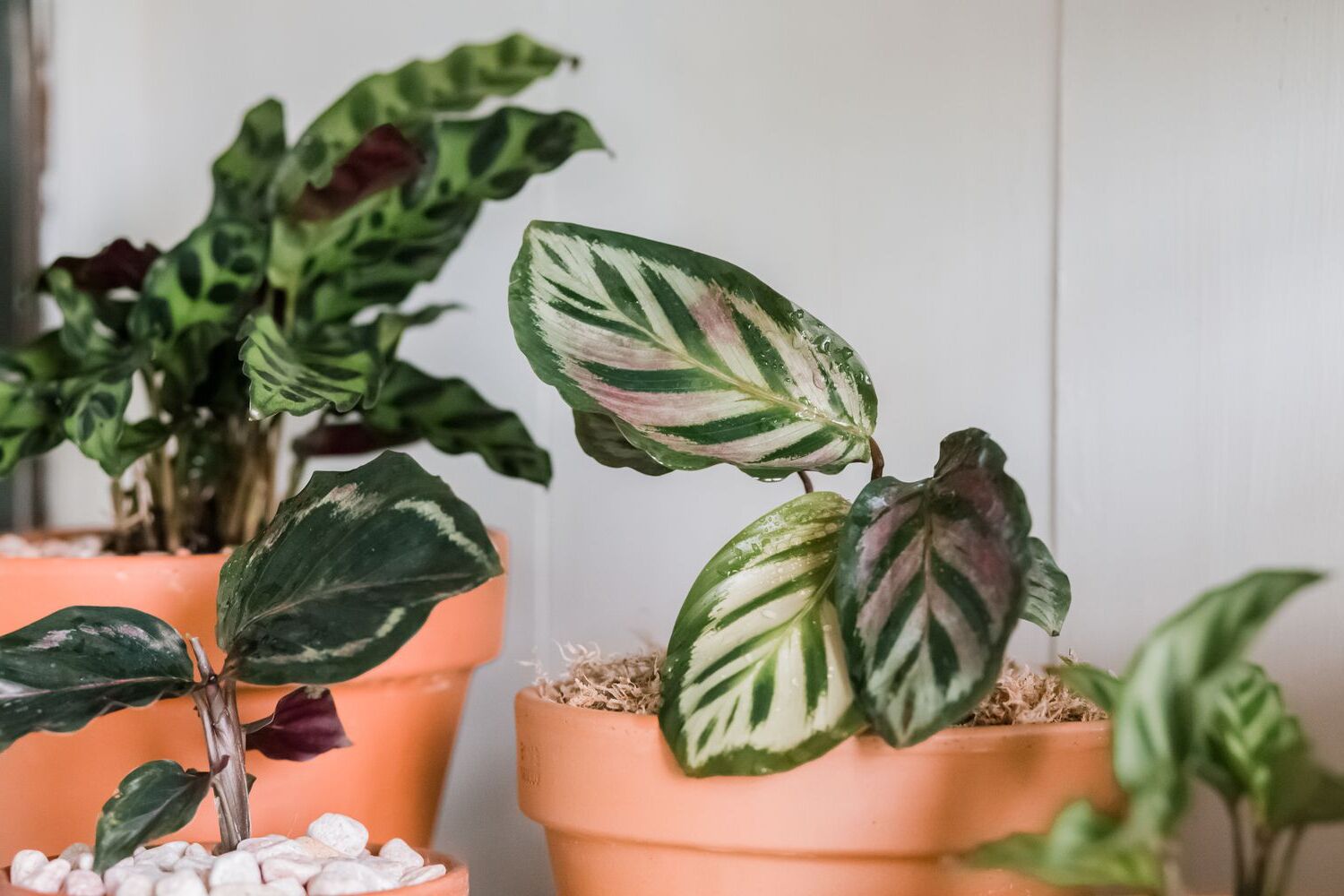
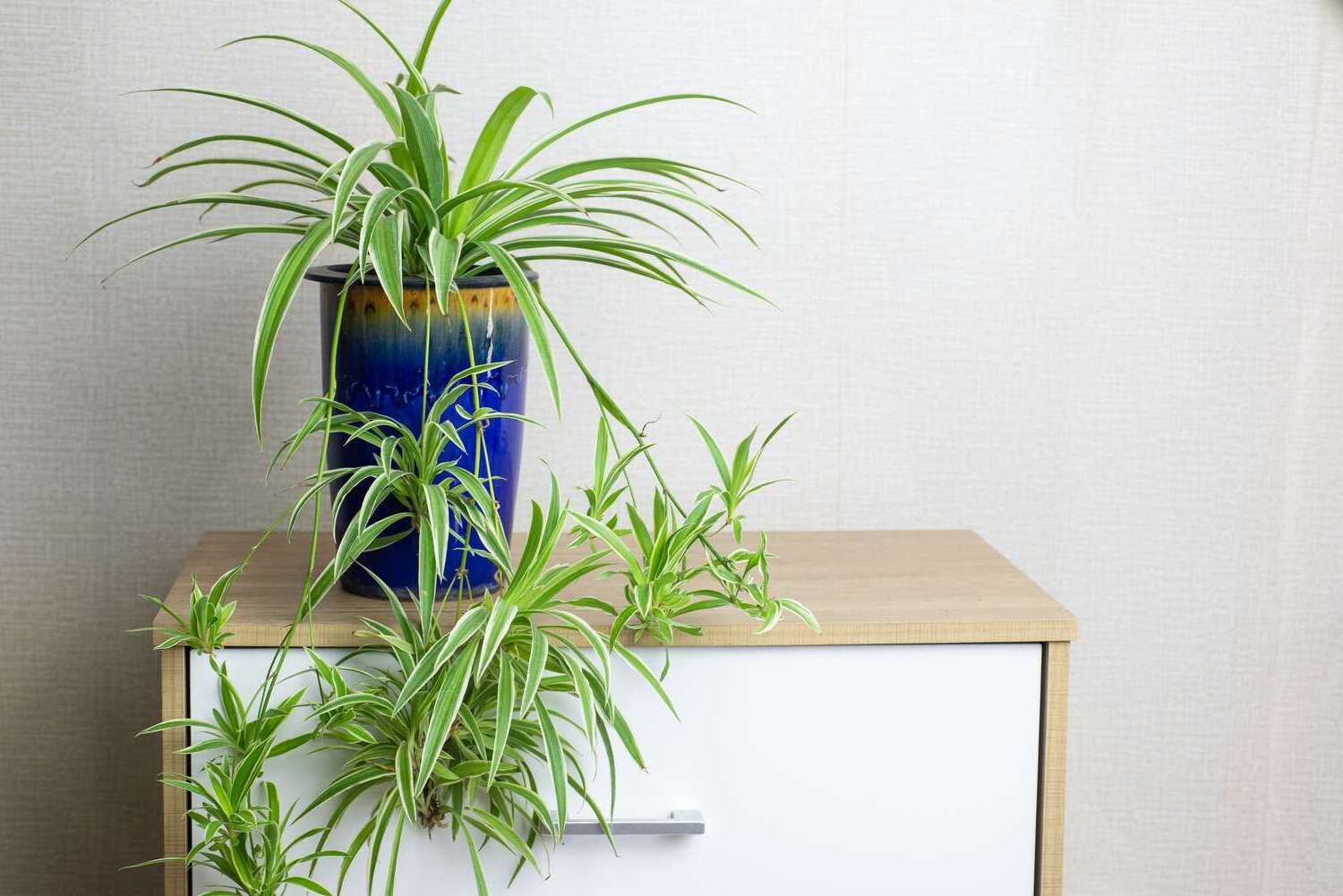
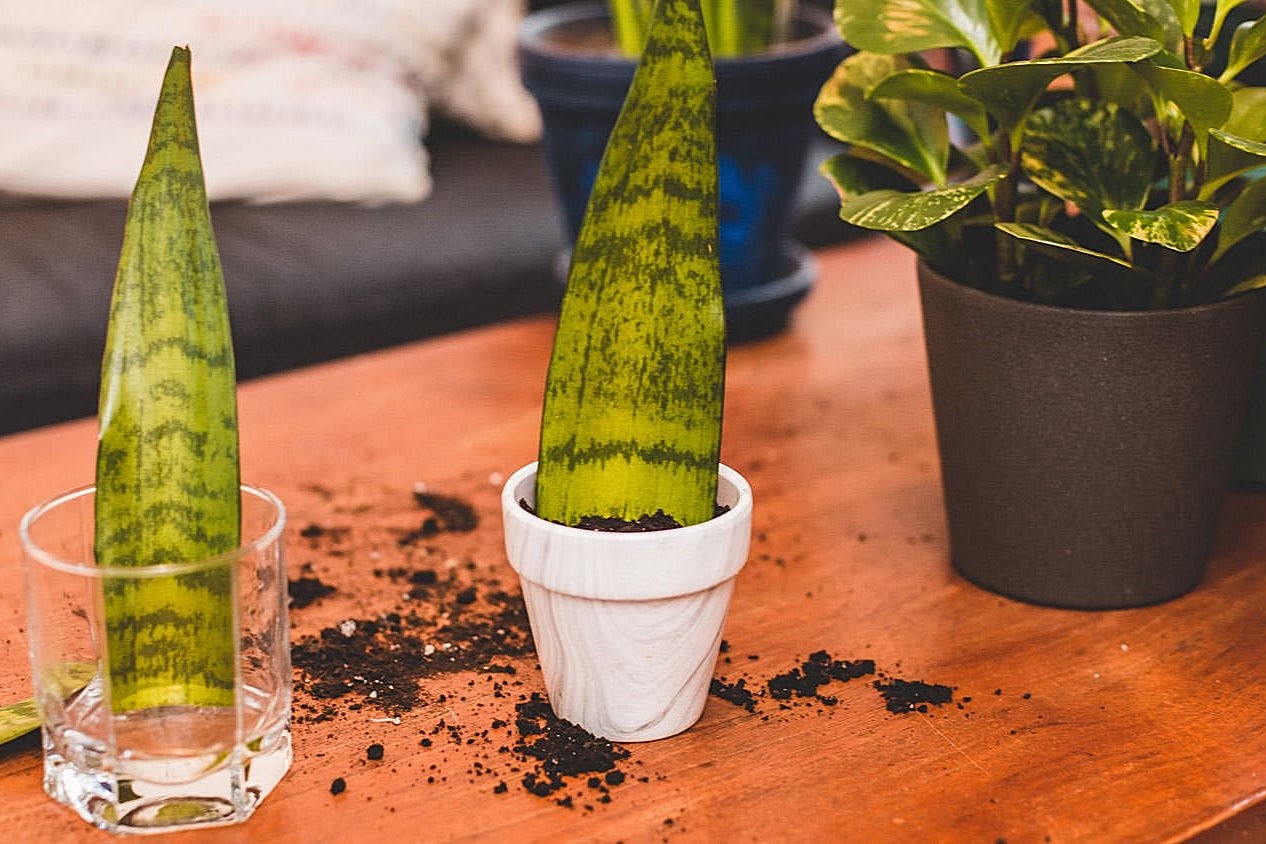
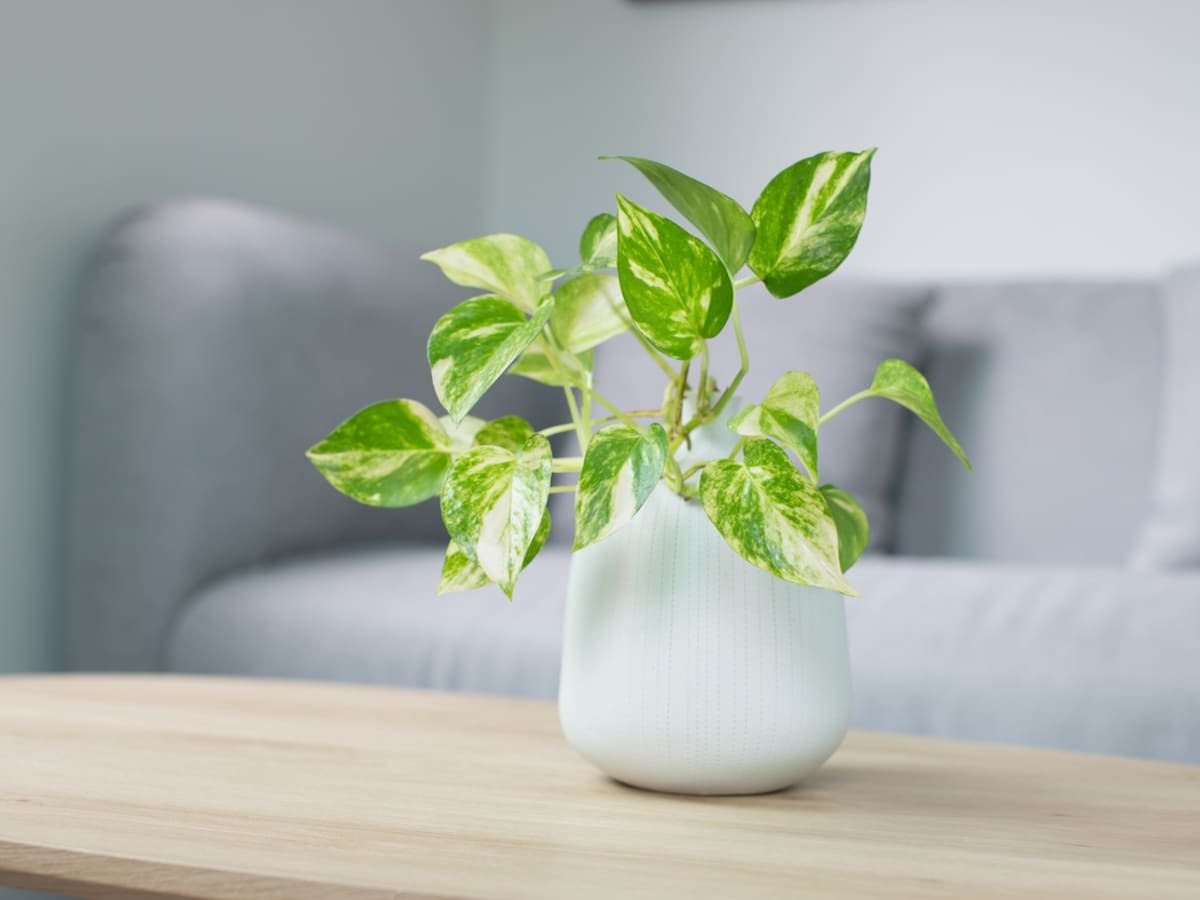
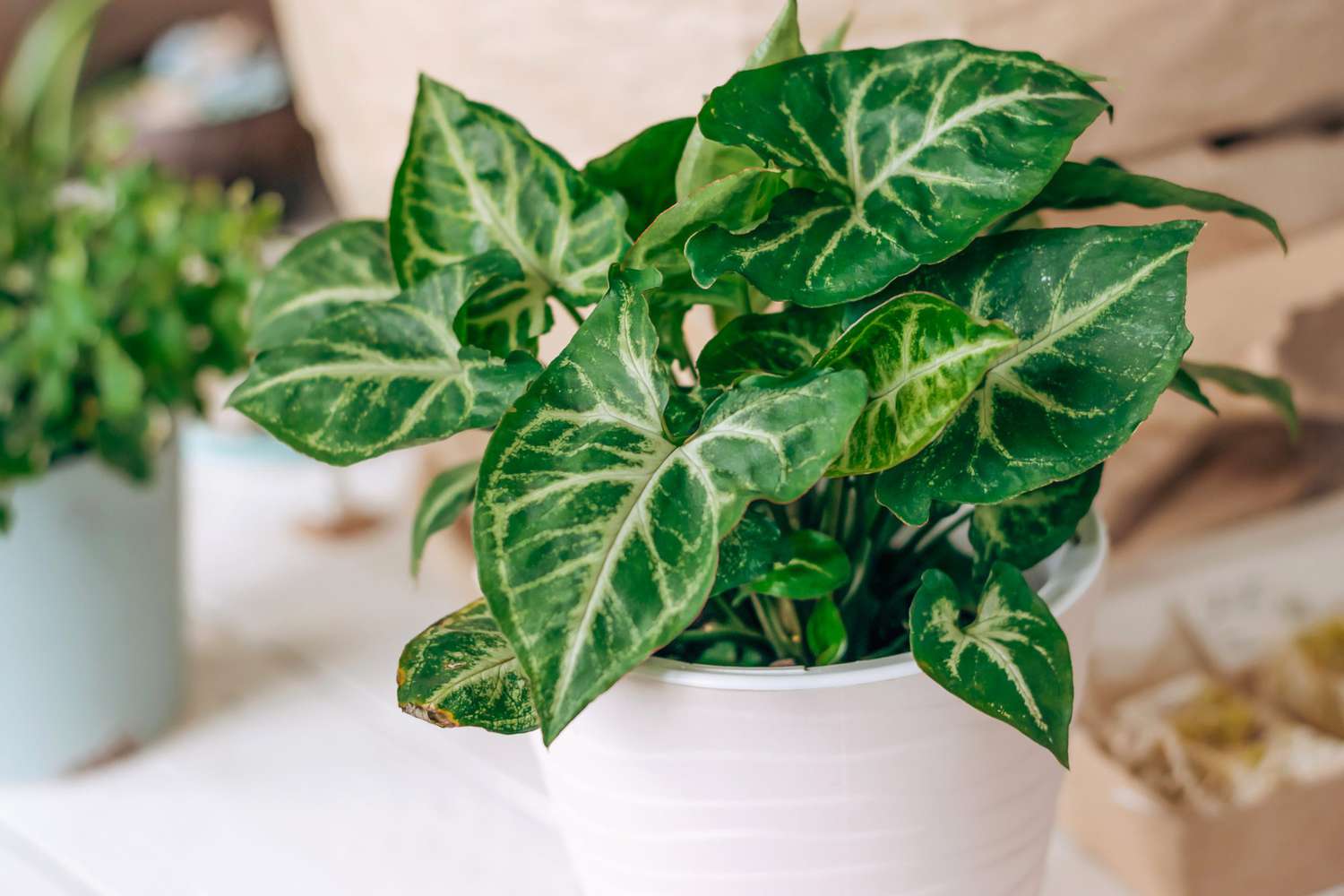
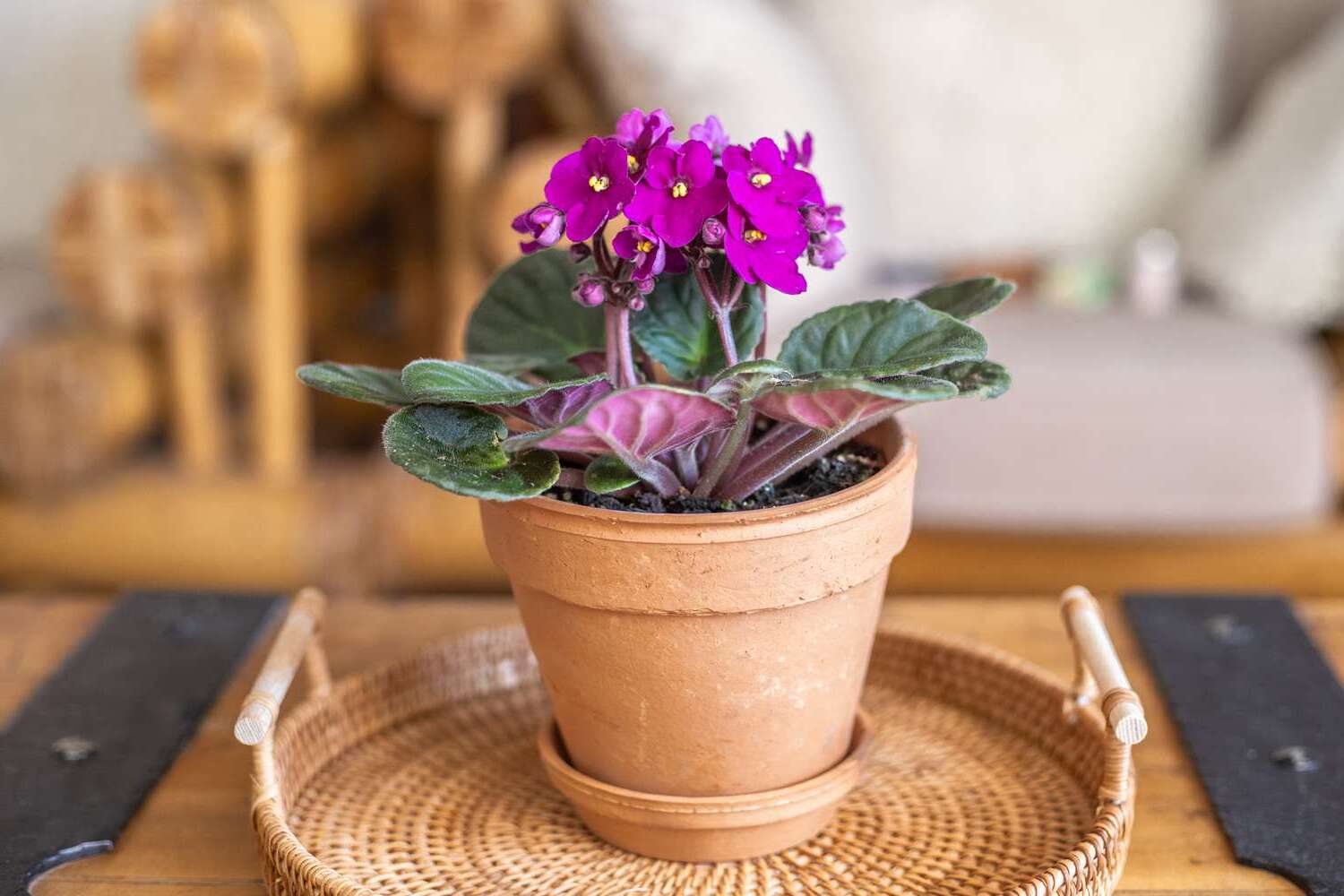
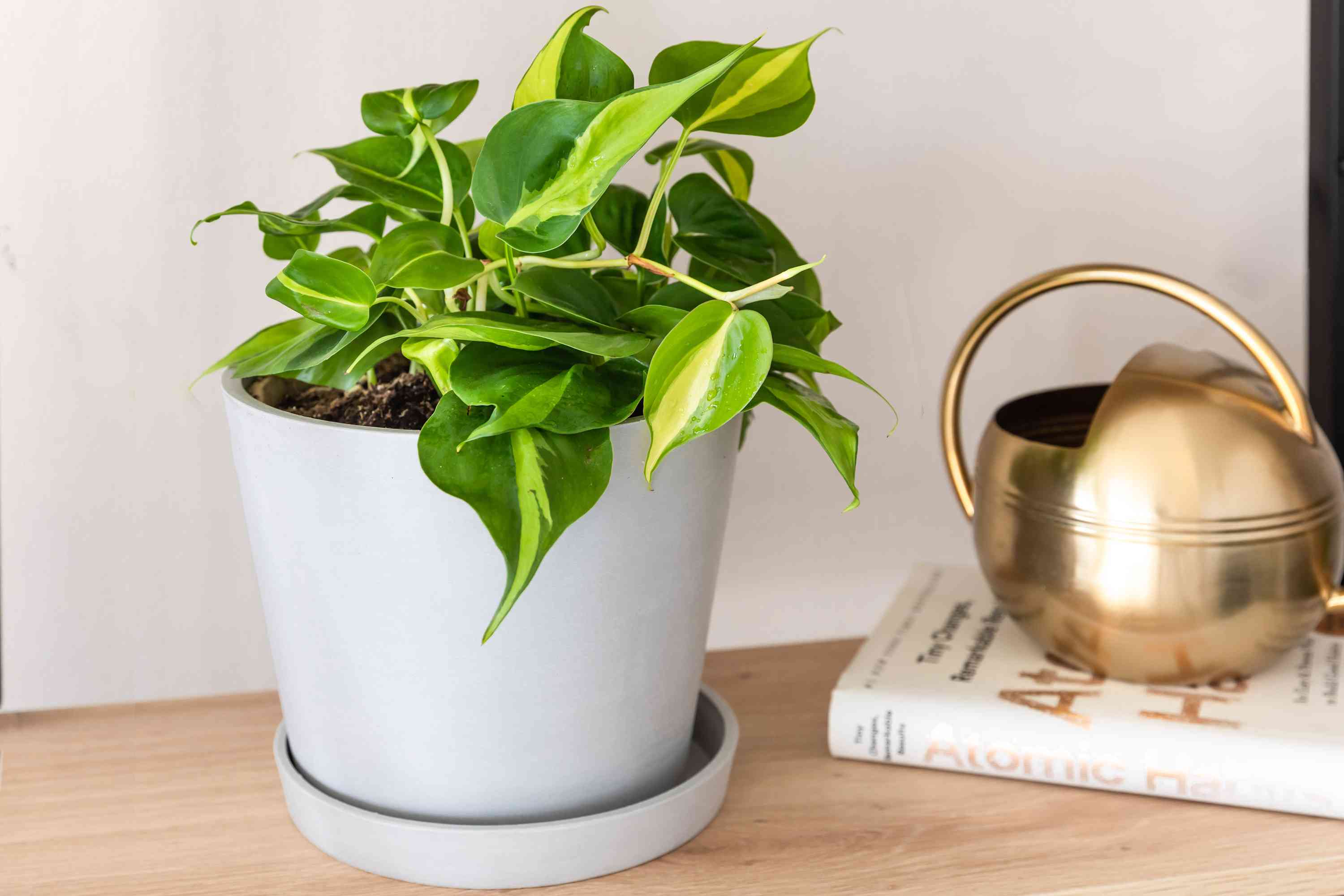
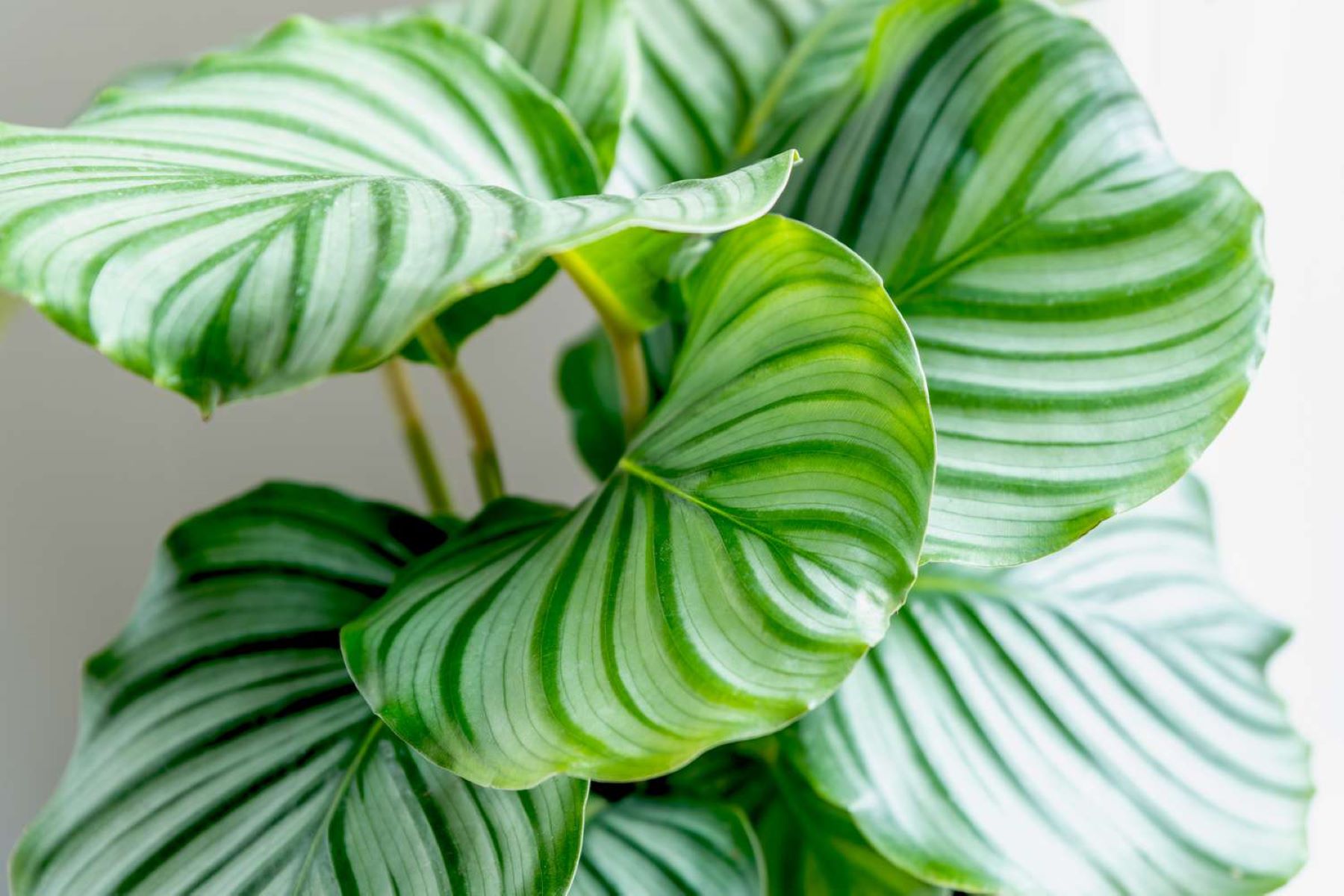
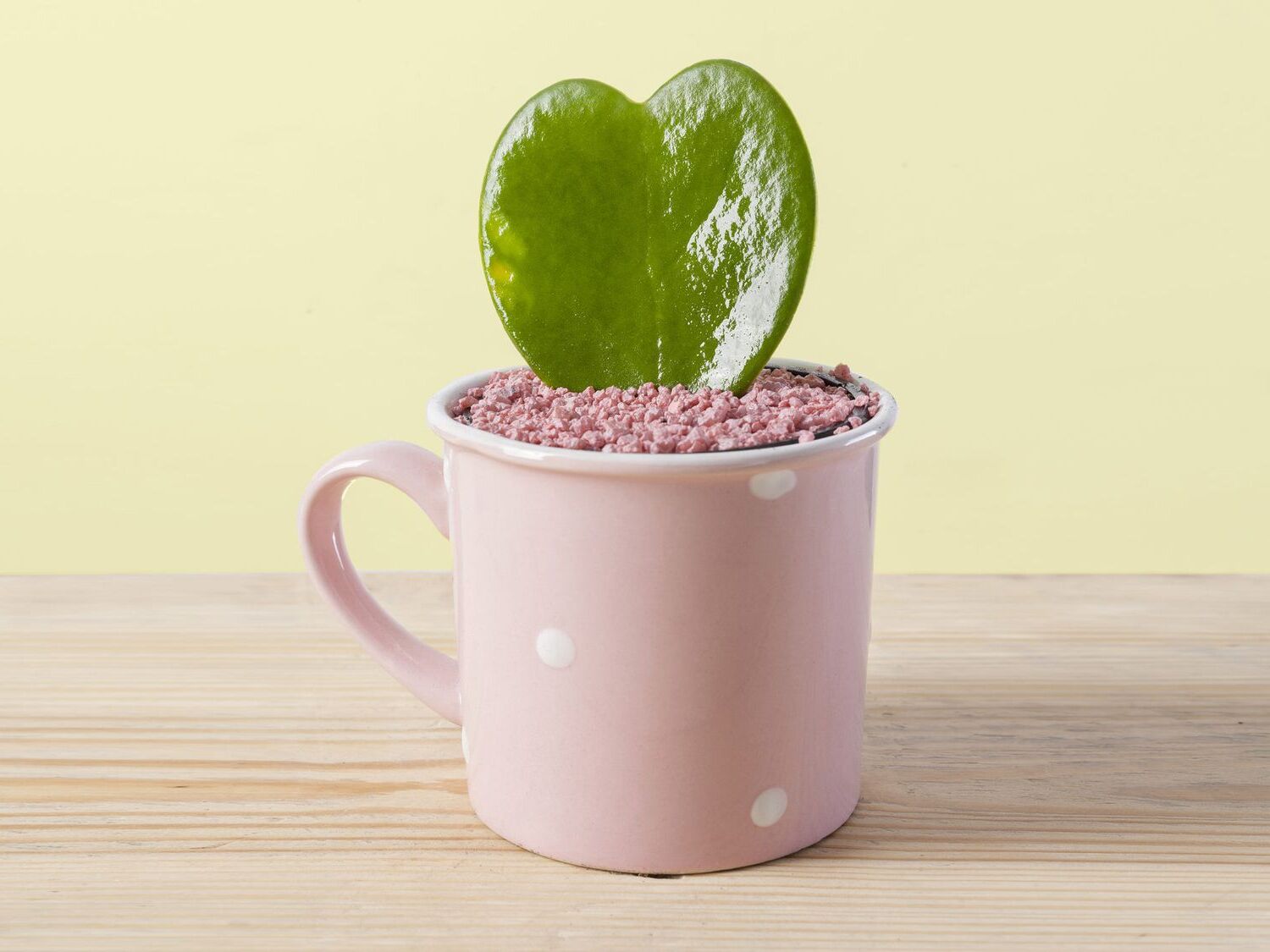
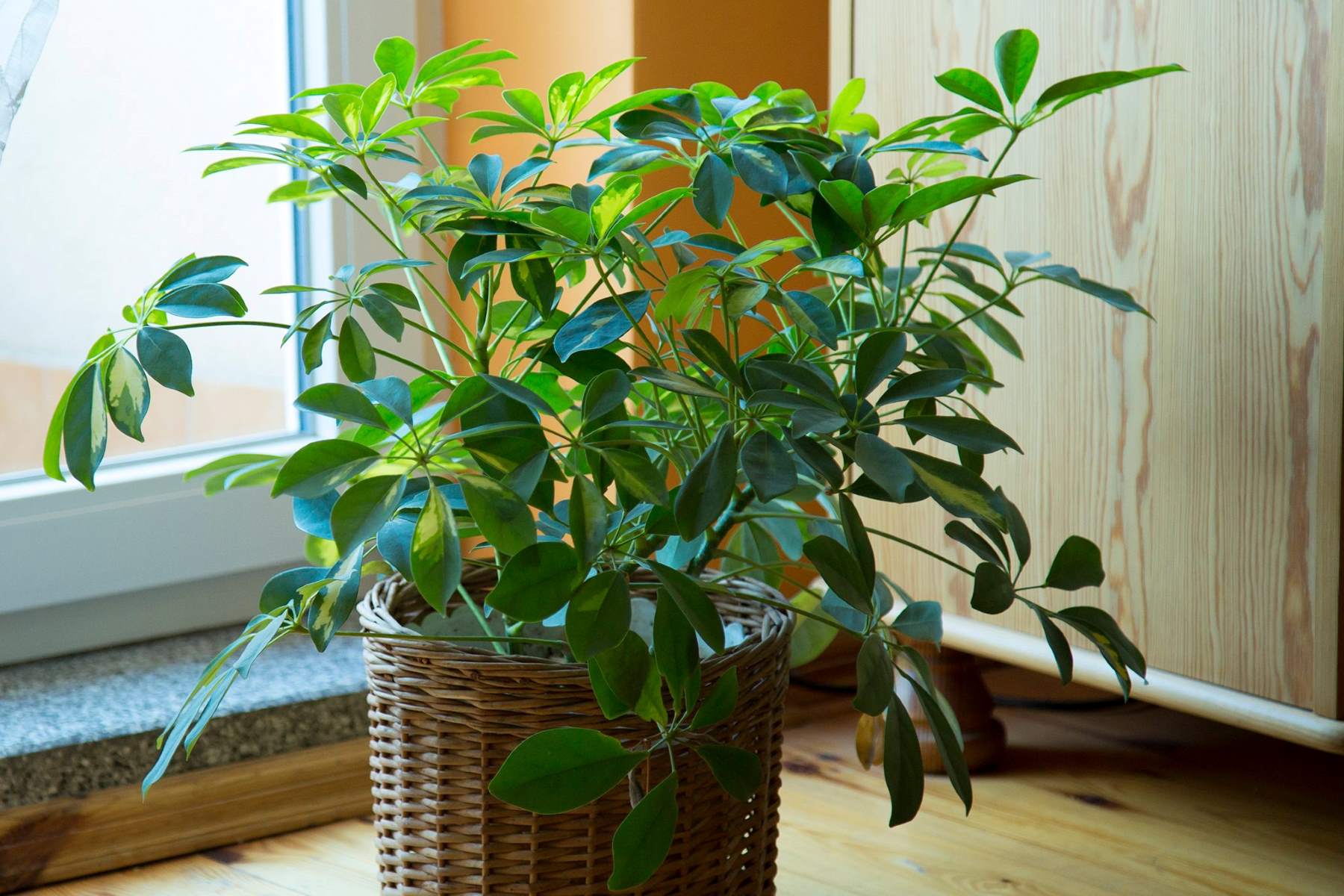
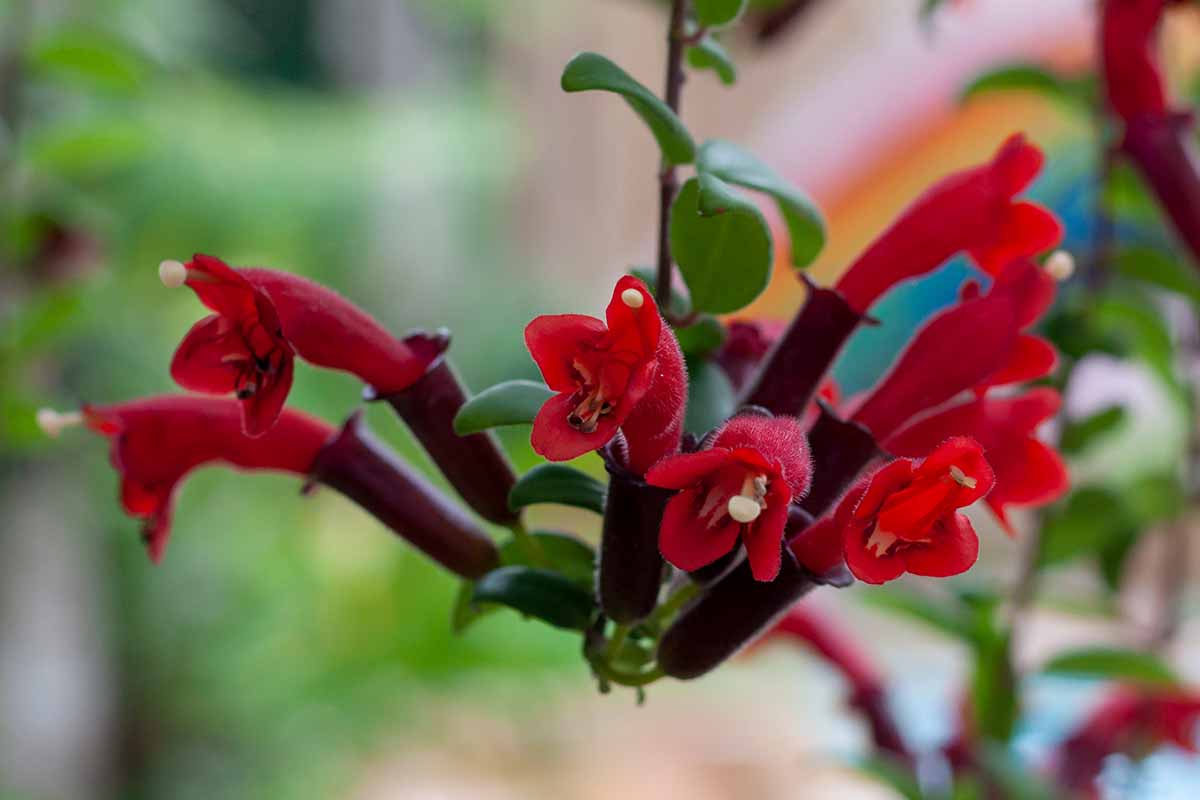
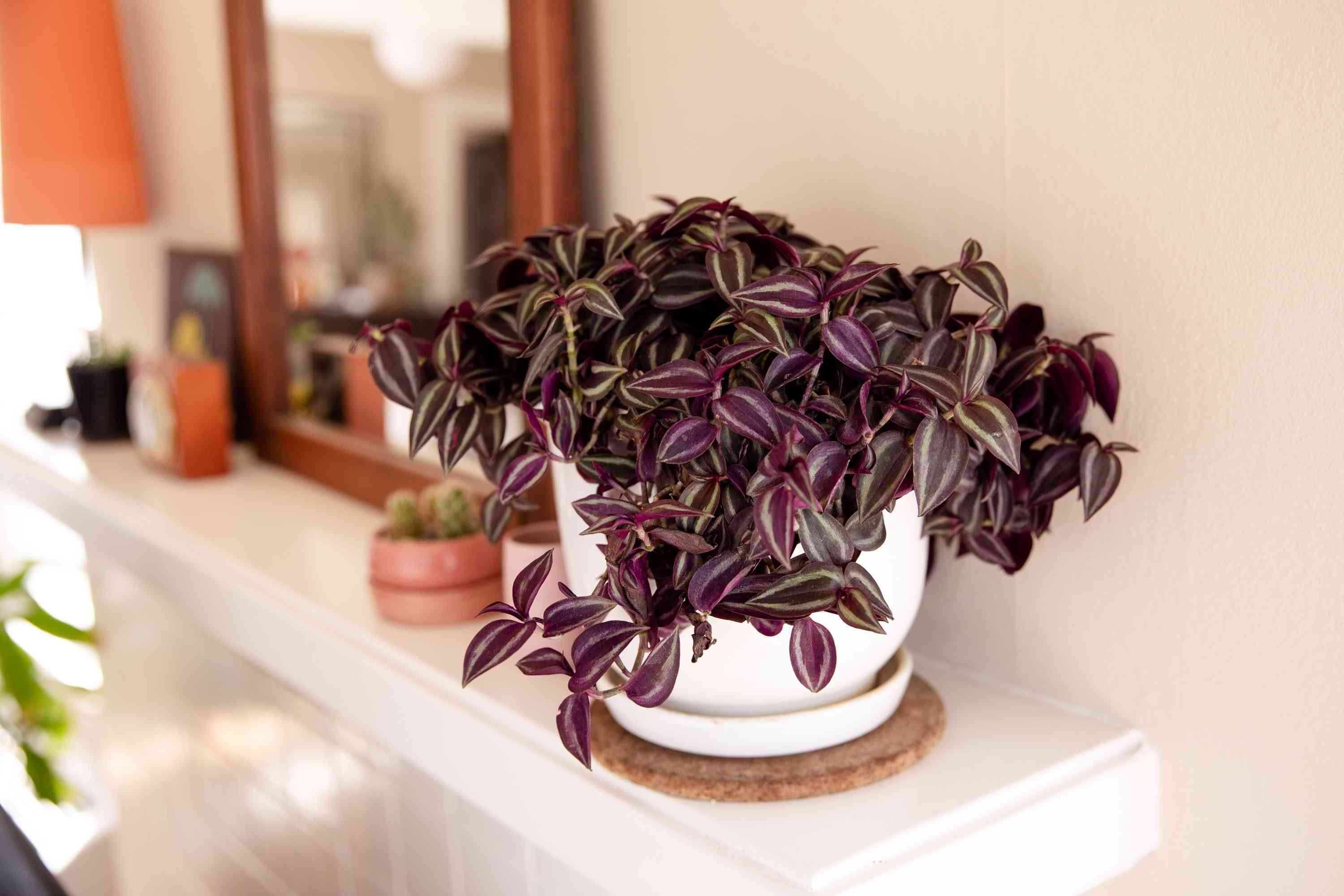
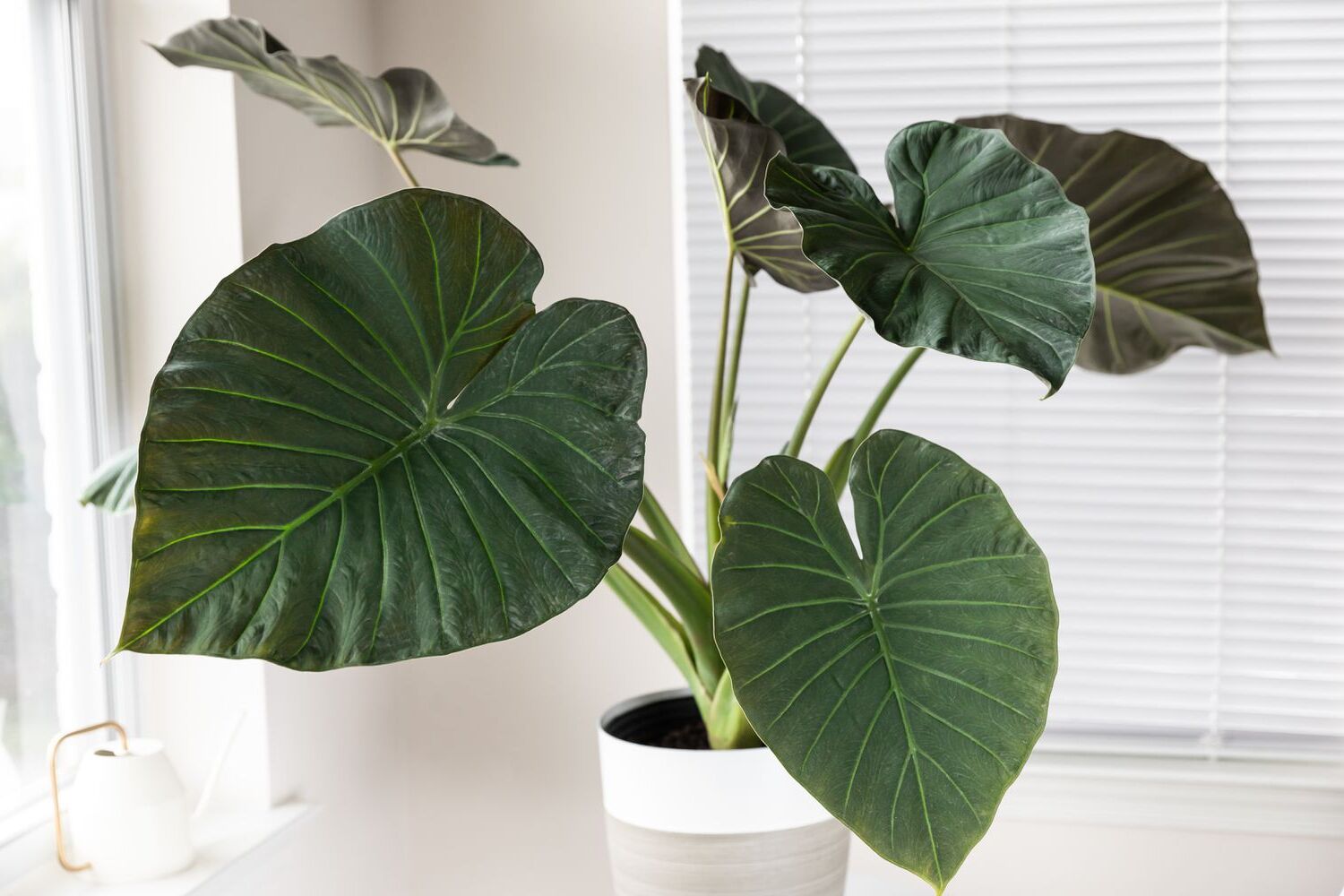

0 thoughts on “Indoor Pilea Peperomioides Care Chinese Money Plant Tips”